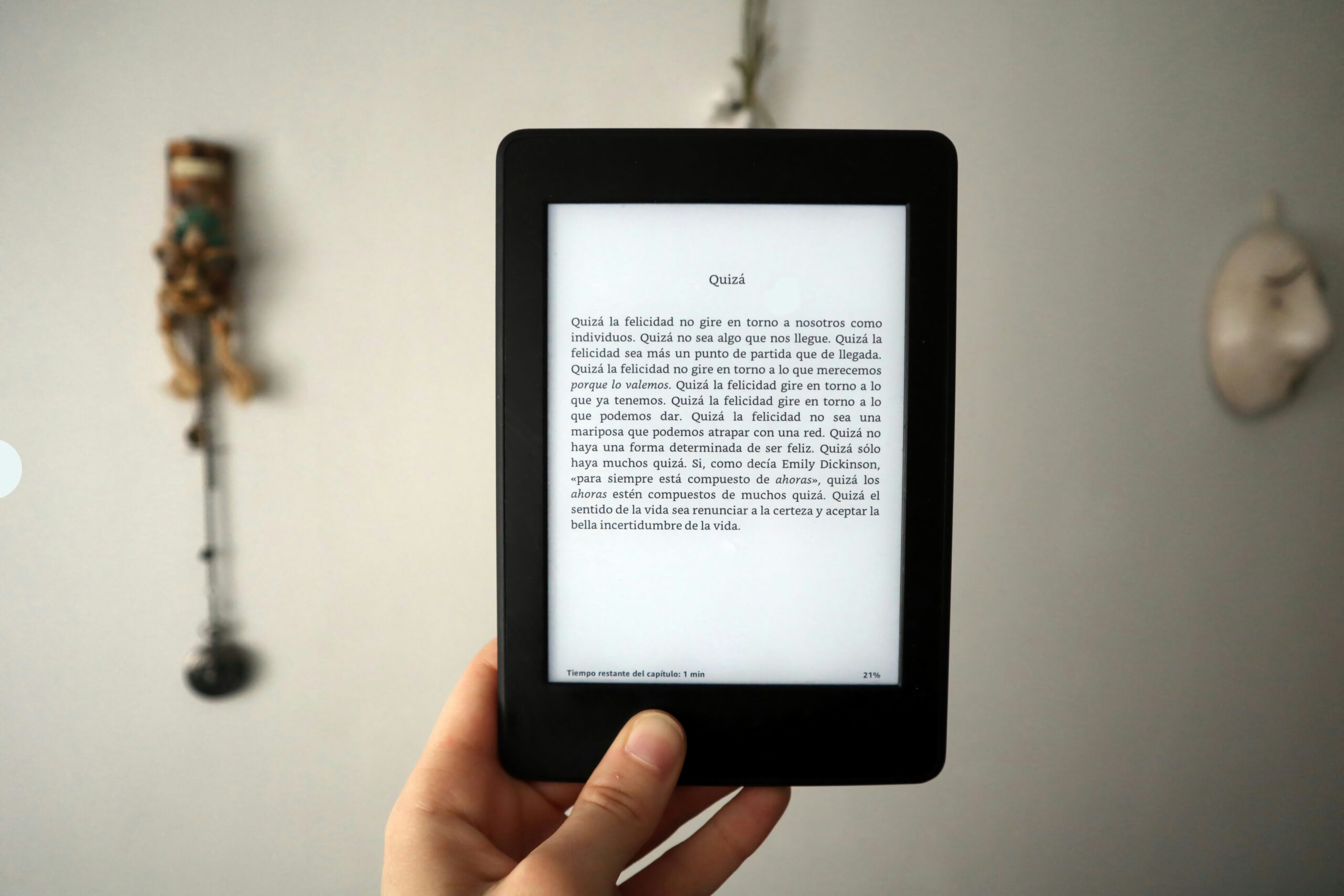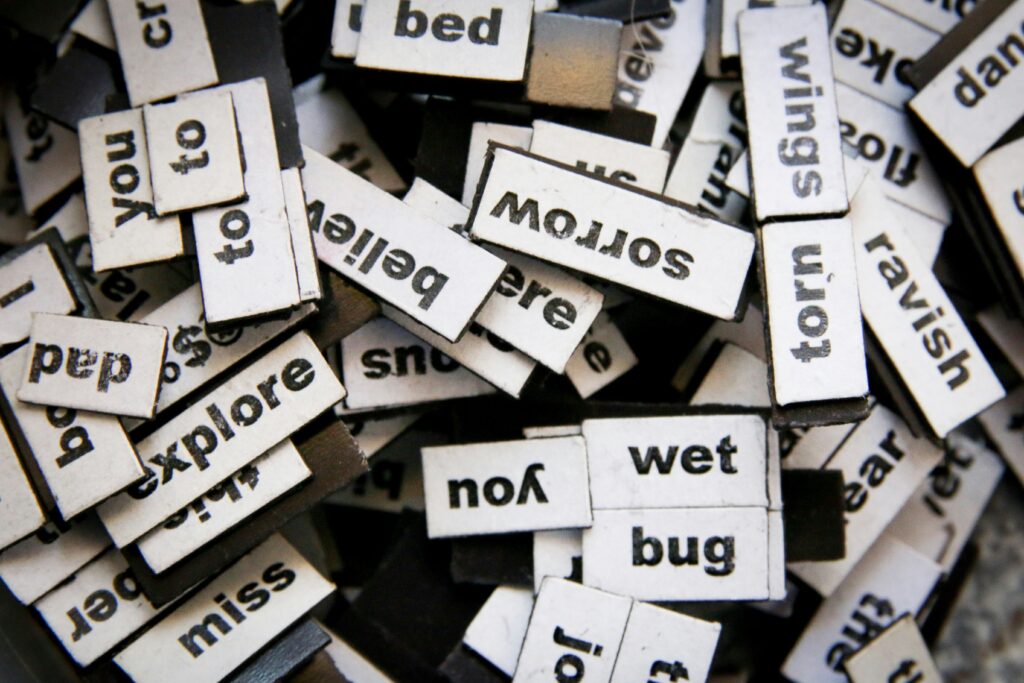Ever watched a child struggle to read out loud, frustrated and ready to give up? You’re not alone. Dyslexia impacts 1 in 5 individuals—making traditional reading methods an uphill battle.
In this post, we’ll explore how dyslexia apps can dramatically improve reading skills for kids and adults alike. By diving into strategies, tools, and even a few confession-worthy fails, you’ll walk away with actionable steps to make learning less daunting. Let’s get started.
Table of Contents
- Why Dyslexia Support Matters
- How to Pick the Right Dyslexia Apps
- Top Tips for Using These Apps Effectively
- Real-World Success Stories
- Frequently Asked Questions
Key Takeaways
- Dyslexia affects millions worldwide but technology offers empowering solutions like specialized apps.
- The best dyslexia apps focus on improving phonemic awareness, decoding skills, and fluency.
- Consistency and pairing apps with other supports (like tutoring) yield the best results.
- Personalized practice + emotional encouragement = long-term success.
Why Dyslexia Support Matters

Let me tell you something brutally honest: ignoring dyslexia won’t make it disappear. Growing up, I was one of those kids who thought “reading faster” meant trying harder—and failing harder each time. It wasn’t until much later that I realized my struggles weren’t laziness; they were rooted in neurobiology.
Fast-forward to today: research shows early intervention is critical. Students with dyslexia often require unique approaches because traditional teaching methods simply don’t click. Without proper support, frustration snowballs into lower confidence—and eventually, disengagement from academics altogether.
“But Isn’t Reading Just…Reading?”
Optimist Me: “Yes, all we need is focus!”
Grumpy Me: “Have you ever tried sounding out ‘through’ versus ‘threw’ when neither makes sense? Exactly.”
How to Pick the Right Dyslexia Apps to Improve Reading Skills

So where do you start? Not every app claiming to boost literacy lives up to its promises, so vetting is crucial. Here’s your step-by-step guide:
Step 1: Understand Your Needs
- Are you focusing on decoding words, comprehension, or both?
- What age group are you targeting?
Step 2: Check Reviews & Evidence
No joke—I once downloaded an app promising miracle improvements. Spoiler alert: It delivered zero miracles. Instead, look for reviews by educators or testimonials backed by academic research.
Step 3: Test Accessibility
Can users easily navigate the interface without feeling overwhelmed? Does the app cater to different languages if needed? Accessibility matters!
Top Tips for Using These Apps Effectively

- Combine Apps with Real-Life Practice: No app replaces hands-on guidance. Pair digital tools with physical books tailored to the user’s level.
- Set Achievable Goals: Celebrate small wins like recognizing sight words instead of aiming for perfection overnight.
- Avoid Overloading: Too many apps at once feels more like homework than fun learning.
Pro Tip That’s Actually Terrible: Don’t assume any single tool will magically fix everything—it’s about consistent effort combined with compassionate encouragement.
Real-World Success Stories: Proving Apps Can Help Improve Reading Skills
Taken aback by a recent case study involving a nine-year-old named Max, who struggled with reading fluently despite hours of tutoring weekly. After adopting a mix of dyslexia apps designed around multi-sensory instruction, his confidence soared within months. His mom shared: “He now reads bedtime stories to his younger sister—something he never imagined possible!”
Frequently Asked Questions About Improving Reading Skills with Dyslexia Apps
Q: Are dyslexia apps suitable for adults too?
Yes! Adults benefit immensely as well, especially through targeted programs addressing work-related texts.
Q: Do these apps replace teachers?
Nope. Think chef’s kiss combo: apps supplement professional instruction beautifully.
Q: How long until I see progress?
Patience is key. Visible changes might take weeks to months depending on usage frequency and consistency.
Conclusion
In conclusion, leveraging dyslexia apps isn’t just smart—it’s transformative. With careful selection, realistic expectations, and a dash of grit, improving reading skills becomes less intimidating. So whether you’re a parent guiding a reluctant reader or someone seeking personal growth, keep pushing forward. Like Tamagotchis (yes, those ’90s virtual pets), nurturing takes daily care—but oh, what rewards await!


